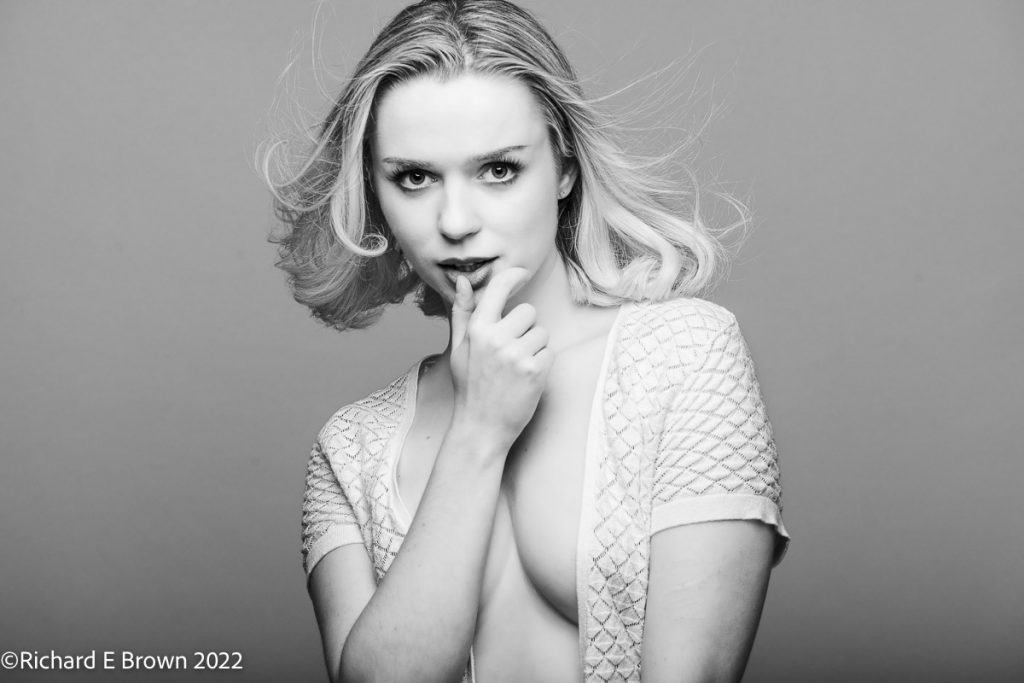
Nikon Z7
Nikkor 105mm f/2.8
105mm, 1/200 Sec at f/8, ISO64
Post Processed in Adobe Lightroom Classic V13.2
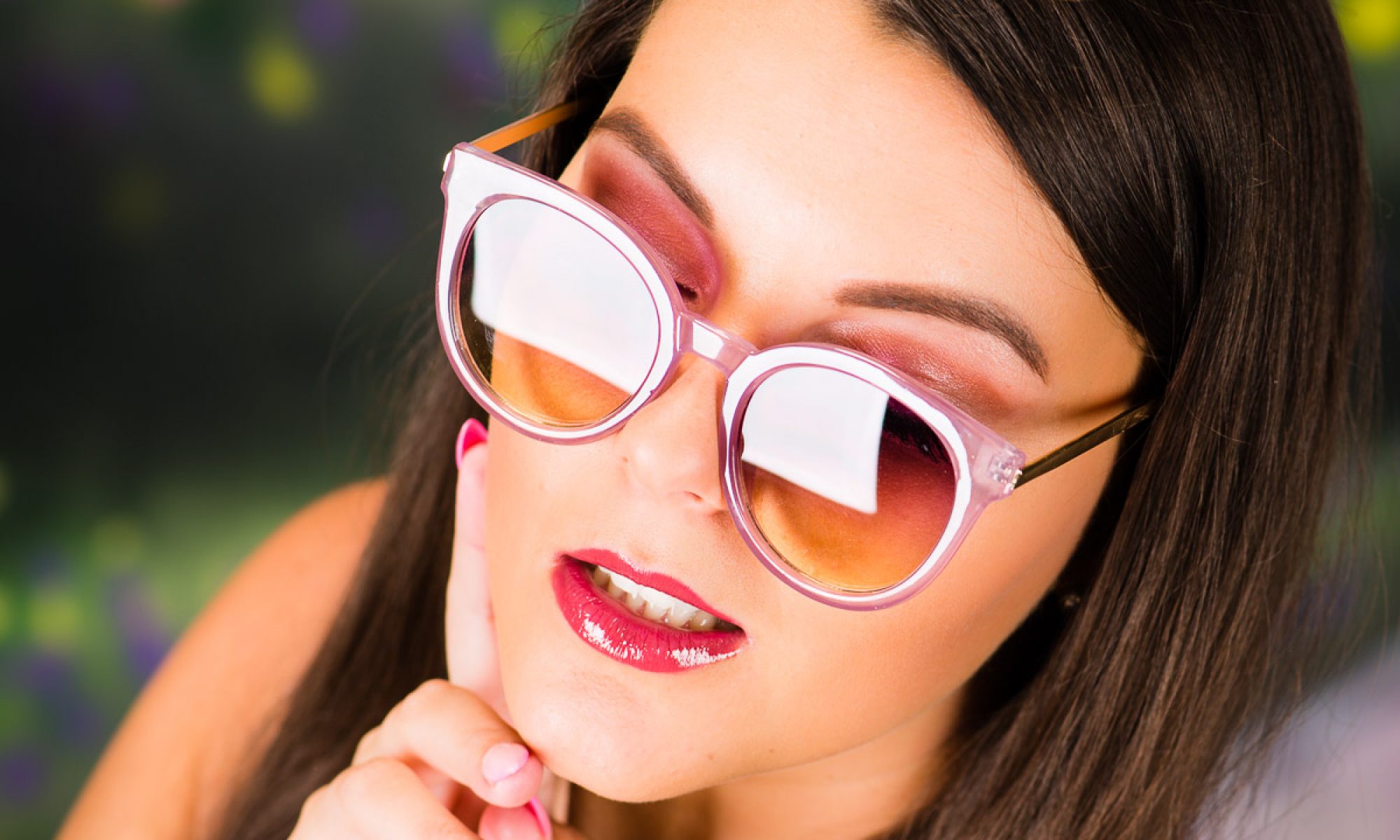
Family, Photography and other misc news

Nikon Z7
Nikkor 105mm f/2.8
105mm, 1/200 Sec at f/8, ISO64
Post Processed in Adobe Lightroom Classic V13.2
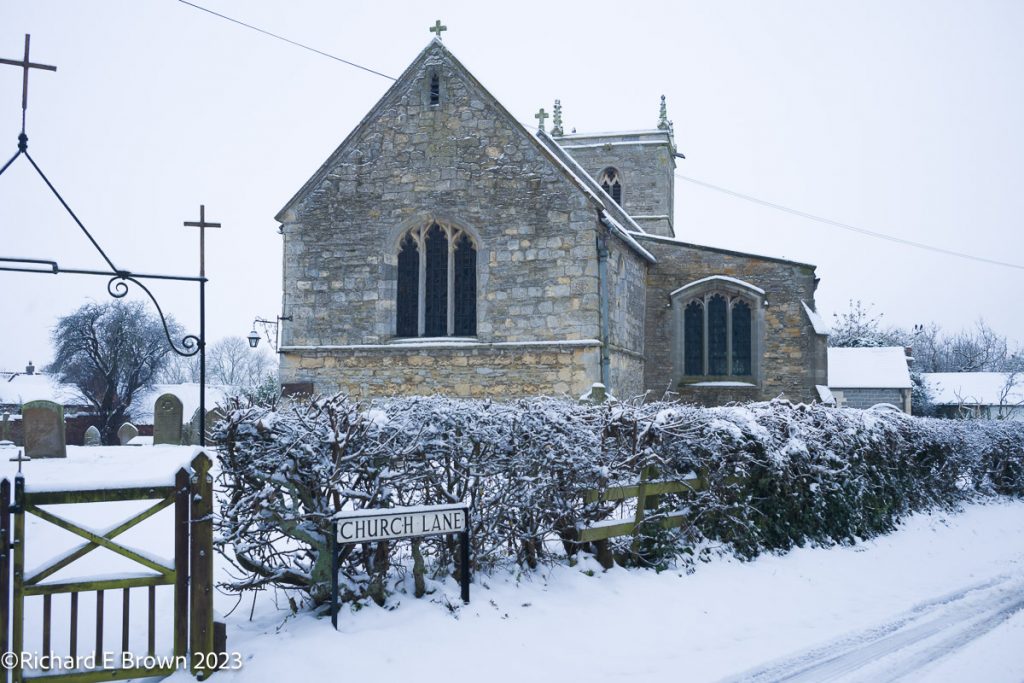
During this last winter, while walking Ted the Greyhound around the local Lincolnshire Villages I have been carrying the little Leica M10. Shooting scenes like the one above.
The Nikon’s have been seeing little use except for studio work.
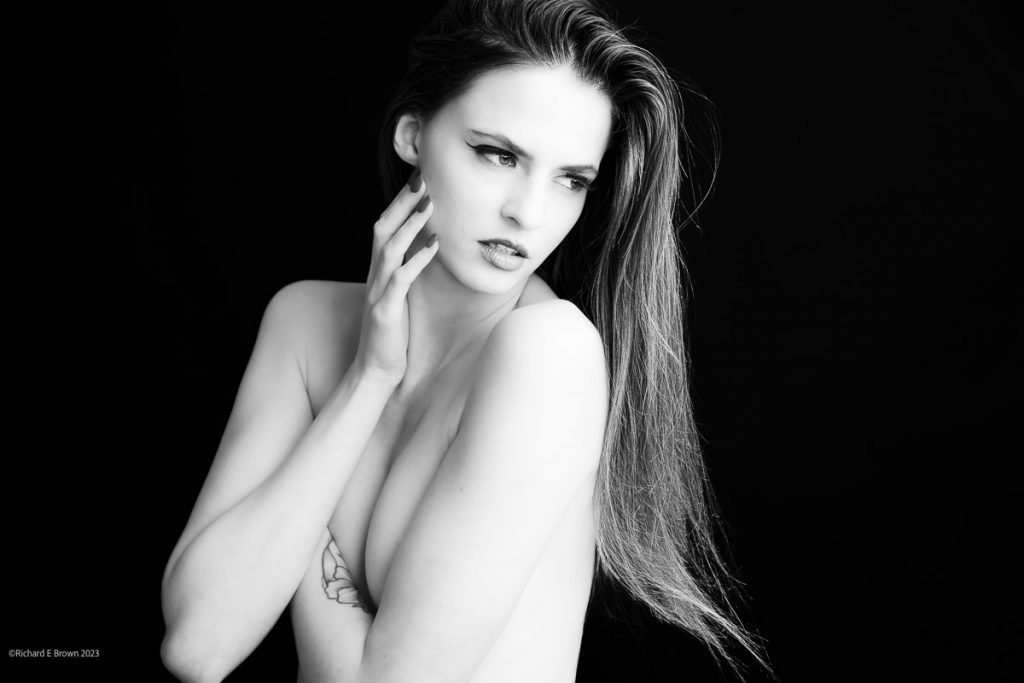
Lots of fashion and some personal projects in the studio. Hardly using a Nikon Z camera to its limits. In fact they have been set to base ISO of 64, f/8 and 1/200 for optimum quality.
One soon starts to lose how to use some of the advance features of the camera unless you practice.
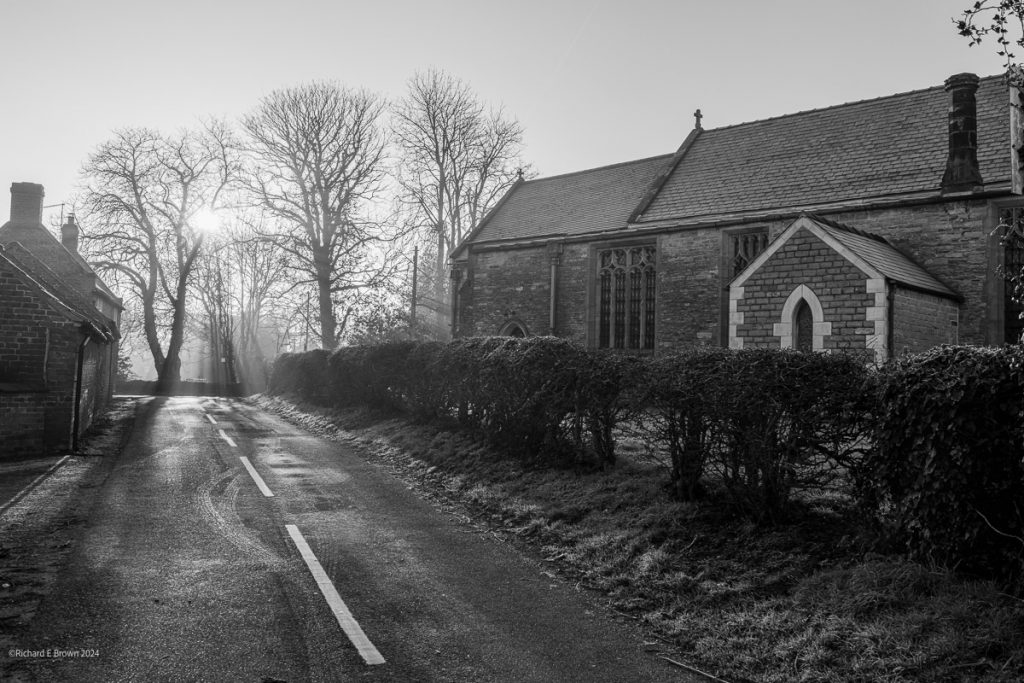
So on a few recent walks I have been taking the Nikon Z7, switching between modes, trying different things, to get the hang on the camera again.
As they say practice makes perfect.
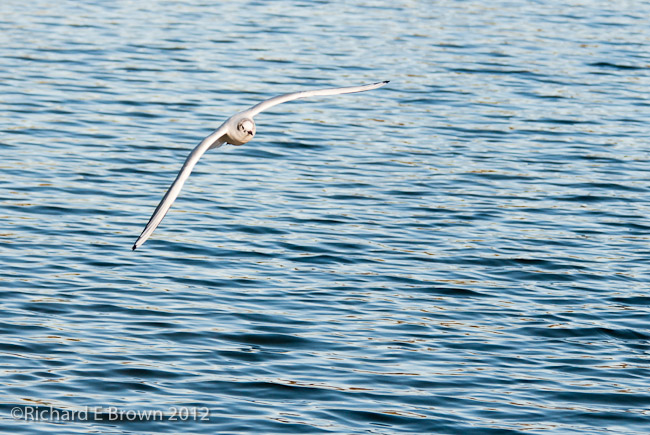
It will not be long before the herons start to visit the local parks and build there nests.
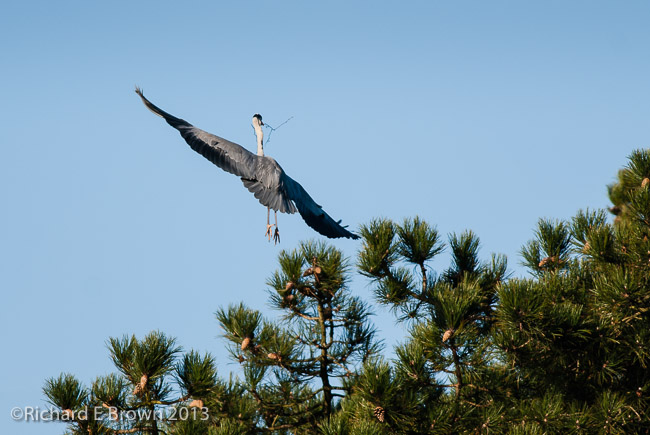
Getting out and shooting wildlife used to be something I used to do many weekends. An early start and out to a local park with a suitable lake.
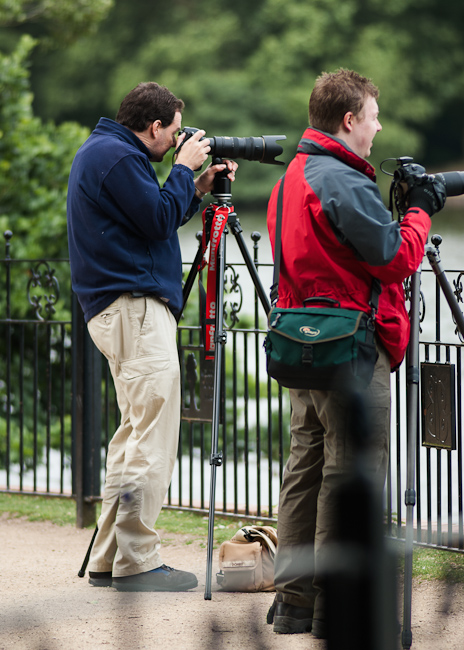
I think as I get older getting up early and facing the cold is less appealing. Not knowing while your there if the light and wildlife will coincide to enable some decent photographs, but when it does your glad you did it.
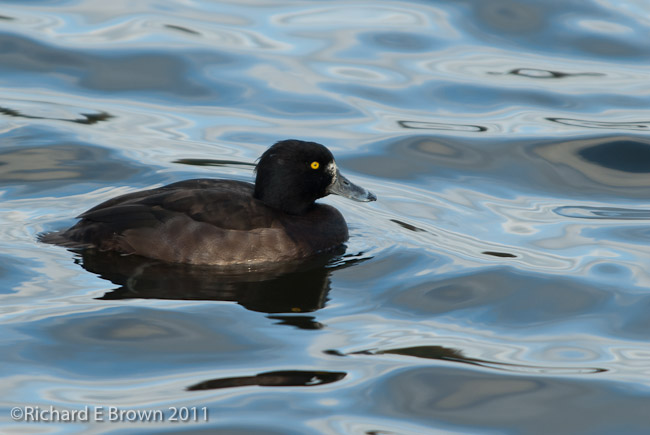
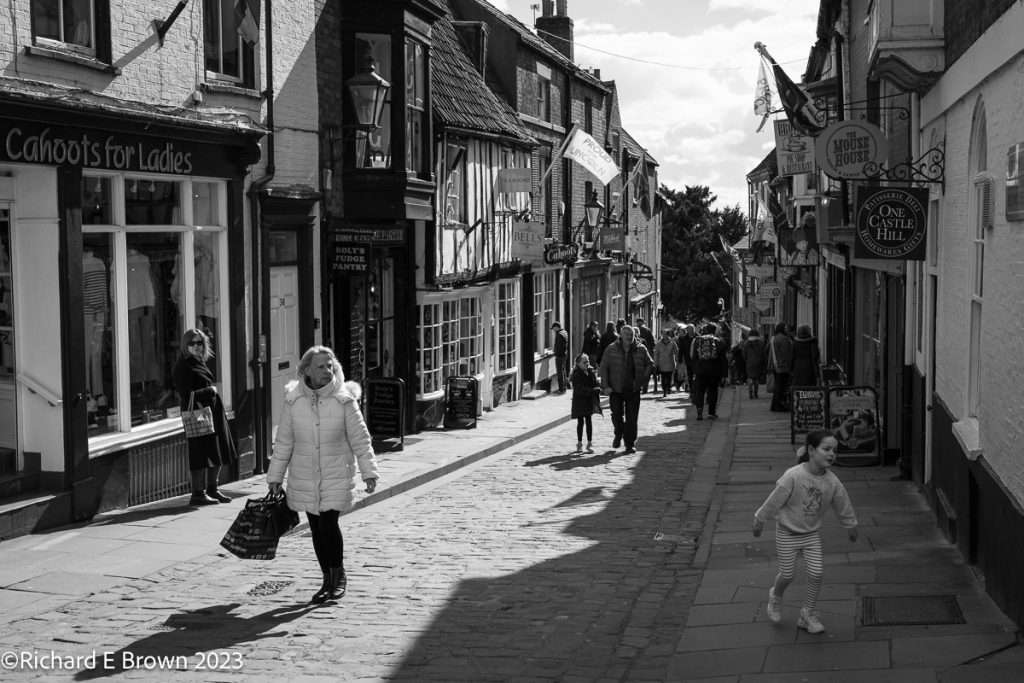
After my recent post on the Fuji X100 and also GAS. I had a look at second hand prices for Fuji X100. There keeping there value very well. Not quite as well as my Leica M4 which seems to have doubled in price since I bought it; but the original X100 is still going for about £500 on many sites.
With the release of the X100 VI prices on eBay have gone ridiculous with the new model hitting £5000! Many would argue that the retail price is too much for a fixed prime lens compact, but name another fixed lens compact on the market. We have the Fuji X100, Ricoh GR and the Leica Q, all targeting different markets.
Not much competition.
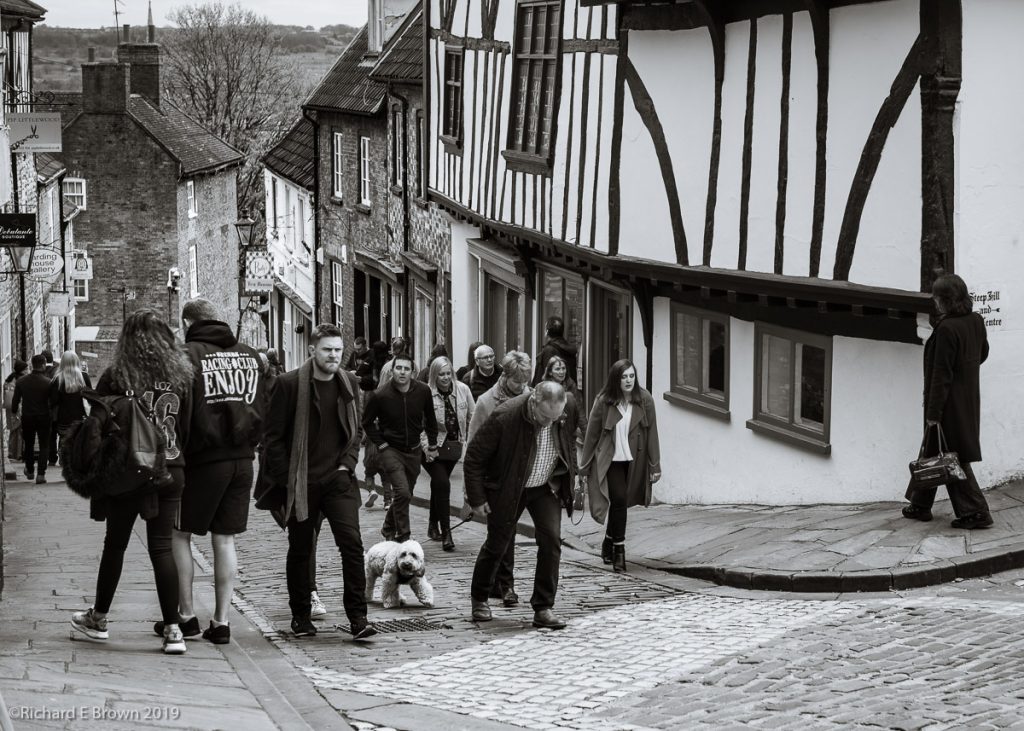
Its not the gear!
Well, sometimes it is. A wildlife photographer in a hide without some long glass is going struggle. Wedding photographers likely need a fast wide angle and standard lens for low light and group shots, a general zoom in the 28-105mm range.
Street photography was once ruled by the rangefinder for the reason of the viewfinder seeing wider than the lens, you could see the picture develop and people moved in and out of the frame. An advantage that also the Fuji X100 has.
So yes you need the right equipment to do the job. I know of an amateur photographer that fell in love with the Leica Q2, used it for everything, and gradually went professional and started to specialise in watch photography. The Leica Q range, while an amazing camera, possibly one of the best compacts money can buy, closely followed by the Fuji X100, Ricoh GR, and the much missed Sony RX1; is not exactly a camera suited for that style of photography. So it was changed to a full frame Sony mirrorless and some macro lens. A tool for the job but not the heart.
There are cameras out there ideally suited for particular duties, then there are those that inspire, spur creativity and drive ones passion forward.
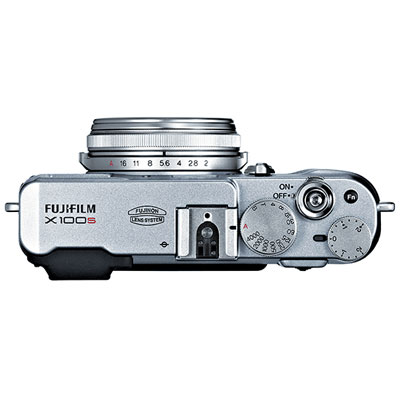
I love the idea of the Fuji X100. Fixed lens, range finder style, autofocus, a real viewfinder or EVF you can switch between.
For a few years there was issues with processing the RAW files for Adobe users due to the none standard Bayer filter, but Fuji finally started working with the RAW developers and things improved.
The last time I gave one a good try was 2015. I have come close to purchasing one several times but two things keep putting me off. Using the aperture ring is difficult, it is just to close to the body to easily use. Secondly the optical viewfinder looks poor compared to the viewfinder in say a Leica. If I did not own a Leica I doubt I would have noticed, and having autofocus in a small body carry anywhere camera is useful.
I am still very tempted and I was hopping to have a look at the latest version at the 2020 Photography show that was cancelled die to COVID-19.
That was the V model that I never got to see, we now have a few new V models available and the new X100 VI has been announced.
I would still like a small carry everywhere autofocus camera for when I am not carrying a Leica or my Nikon, and this is still high on the list.
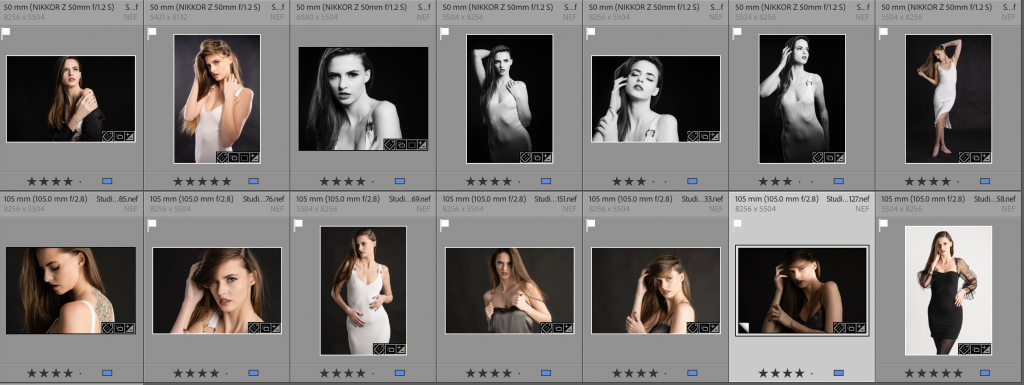
I was creating a new gallery for my more formal website when I noticed that once again Adobe Lightroom Classic Cloud Sync has stopped working.
As you can see above, I have blogged about this before and normally just going into to here, then relaunching Lightroom Classic is enough to fix it, but not today.
Luckily there is a hidden button to fix this.
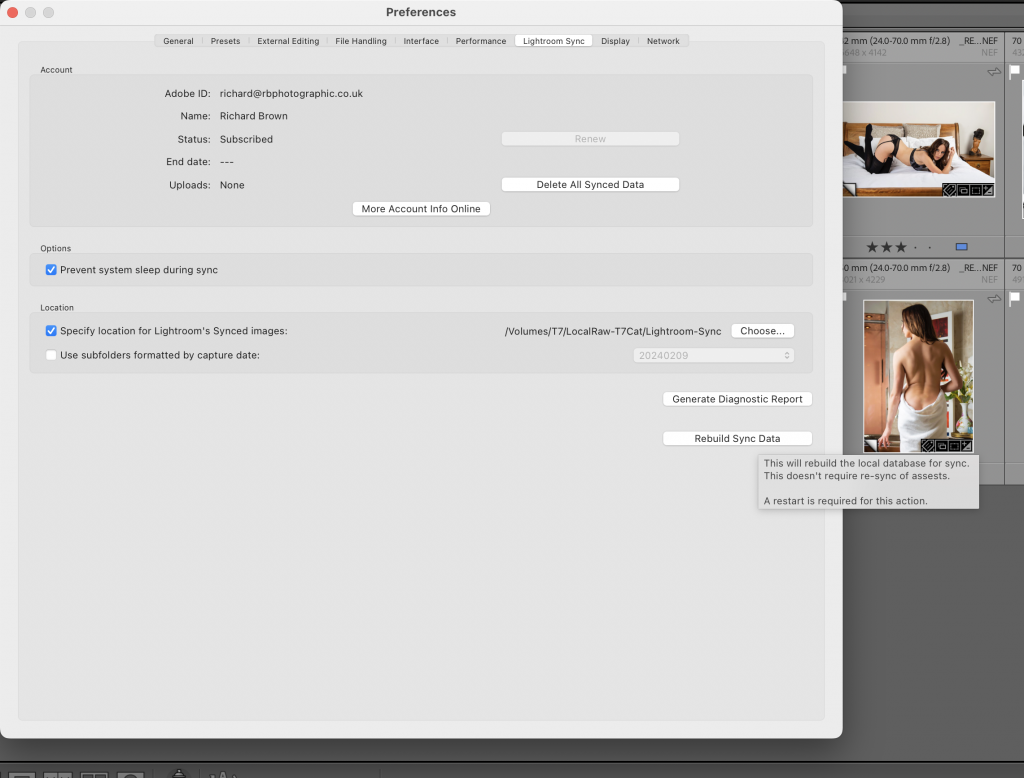
If your on a Mac while in preferences and Lightroom Sync, hold down the Option Key (Alt on Windows) and a Rebuild Sync Data button appears, click on this and your Lightroom will restart and sync will be back working again.
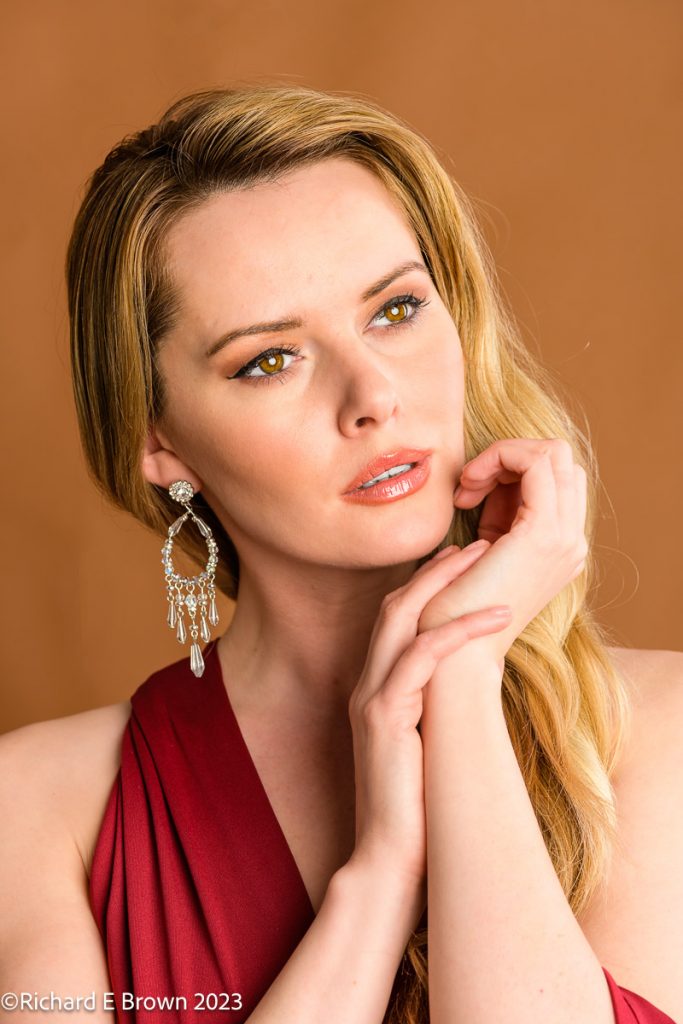
So how well does Nikon F glass work on Z cameras. Well the answer is very well. I am still in the early days of building my Z glass collection so portraits like this one above of Carla, are often shot with my F mount Nikon 105mm f/2.8.
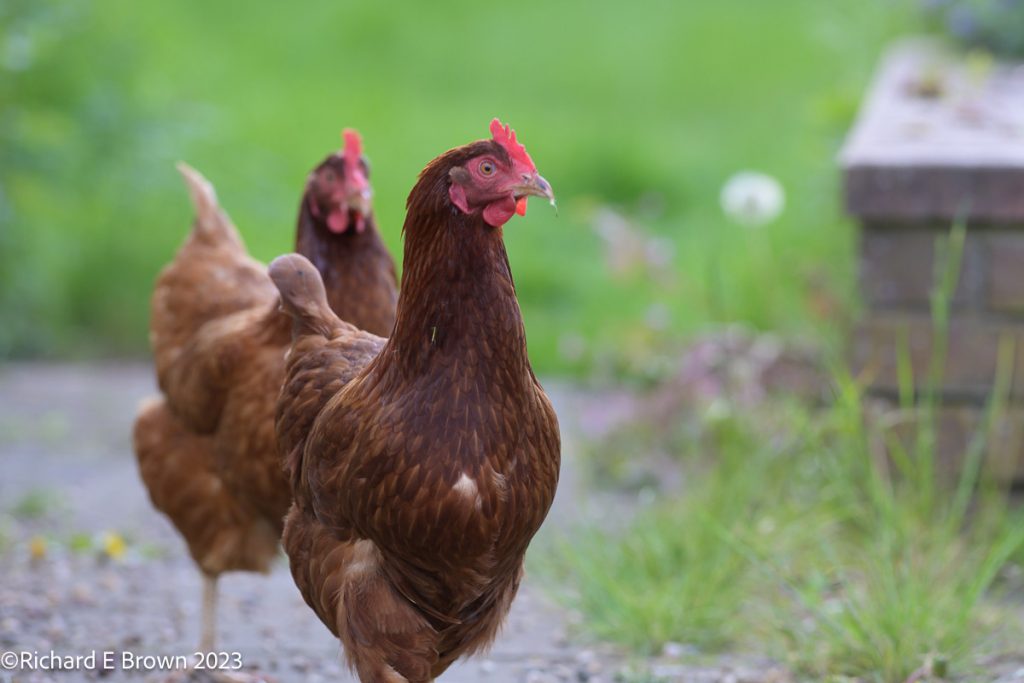
One of my early tests was to pop my 300mm f/2.8 F lens onto my Nikon Z7 and try some wildlife photography in the back garden.
An easy subject, two of our chickens having a walk about, but it proved the concept. Nikon glass works well, if not better on Z cameras then on F cameras.
The future is rosy and looking good, and it’s looking like Nikon.
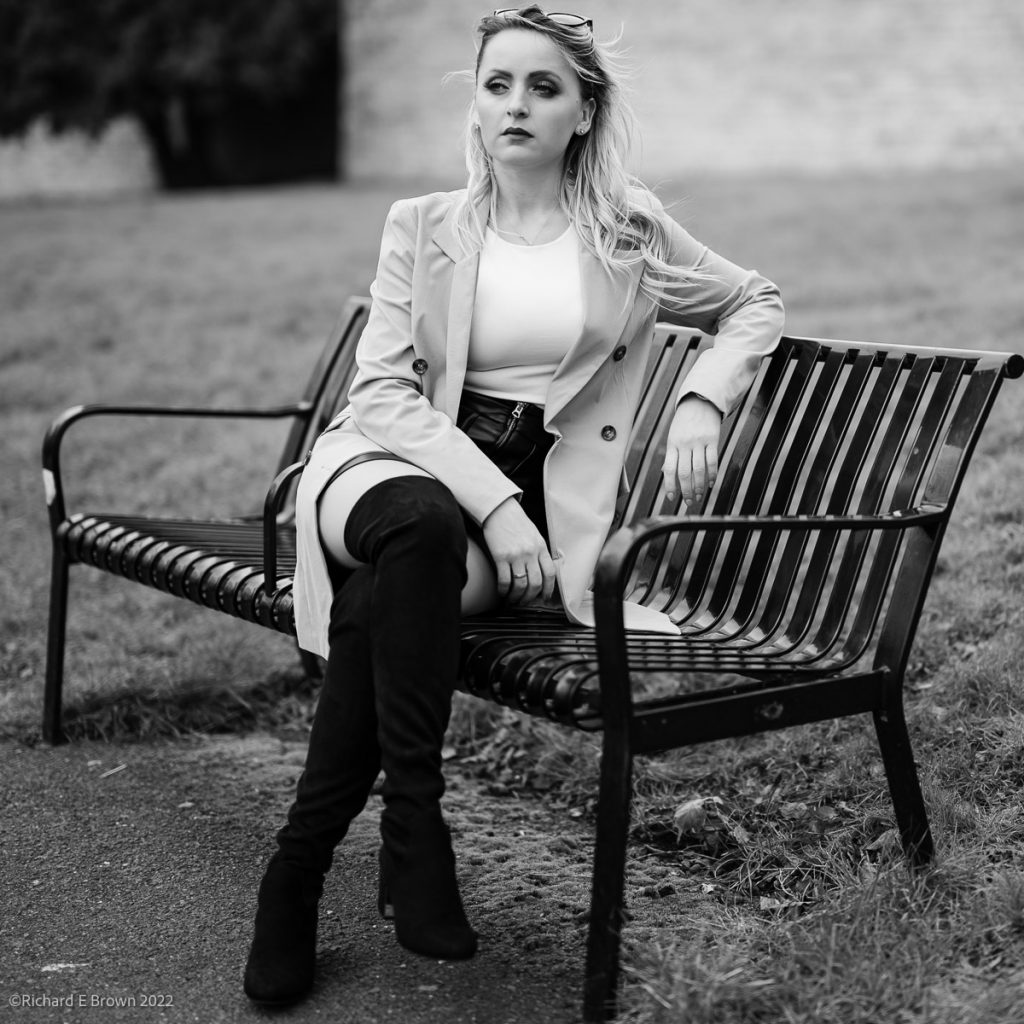
Whether you make the argument that Nikon released the Z9 and Z8 too earlier before all the software was available, or you think of it as a hardware stack you release and continually improve as your software team innovates, its been a winner for Nikon.
Both the Z9 firmware v2 release and now the Z8 firmware v2; have dramatically improved the camera bring improvements and new features. The new pixel shift for the Z8 brought from the ZF has turned the Z8 into a portable 180 megapixel landscape beast. For moving subjects it’s a no go but for many this will be a killer new feature.
Nikon released there new financials and the company is doing well but with things cooling in China many company profits may get hit this year, but with the Nikon Z6 mark III coming sometime before May, at least for now things are looking rosey for Nikon and Nikon users.
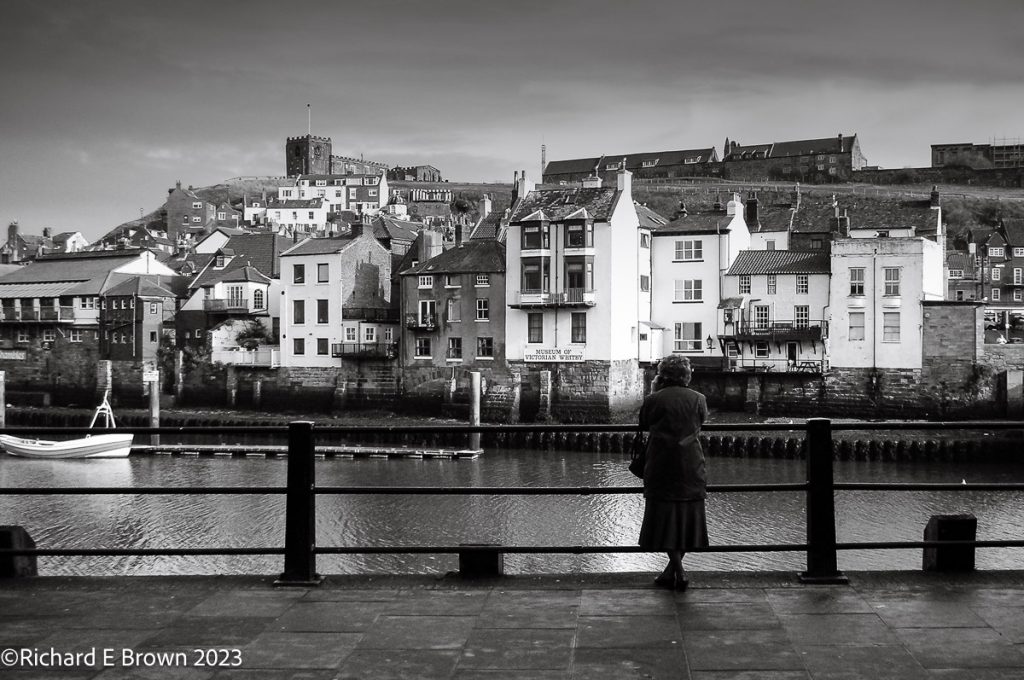
It was 2006 and the world of photography was going digital. I was still shooting film with a Nikon FM2n and a Nikon F90X.
It was in 2000 with the release of windows 2000, I finally decided to quit windows and use Linux, back then it was Fedora. I used Redhat and Novell NetWare for my day job so it was familiar to me.
In 2005 I bought my wife a small 12 inch Mac Powerbook, and in January 2006, Adobe released a public beta of Lightroom v1, but only available for the Mac.
The modern foundation of none destructive editing had arrived. I bought a little Nikon S3 digital compact and started to test it out with Lightroom. It was on a holiday to North Yorkshire I was mainly shooting film but also taking quick shots like this one above. It was the start of my digital journey.